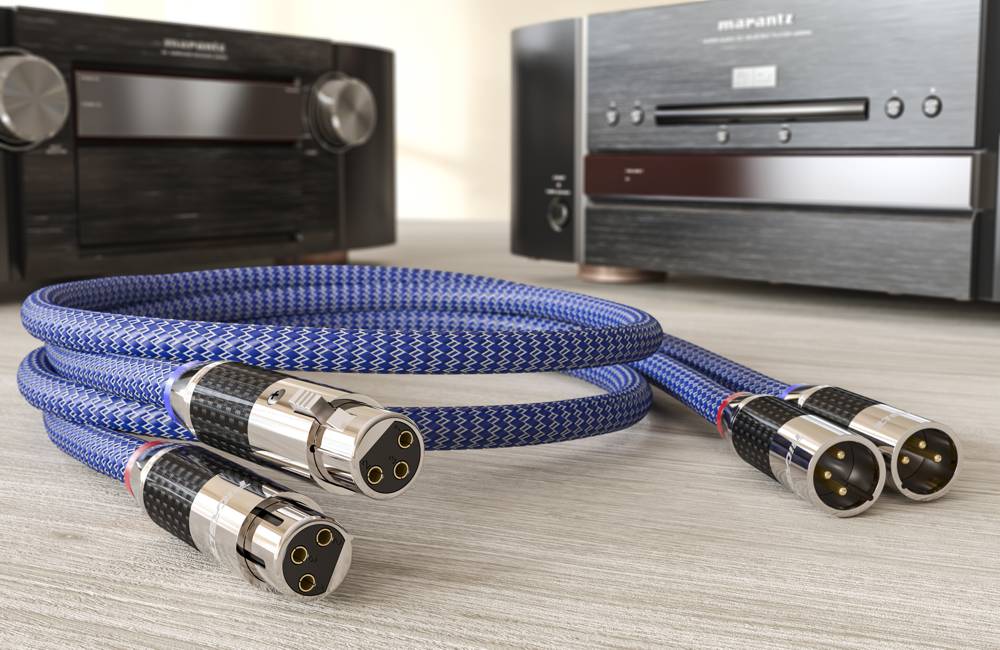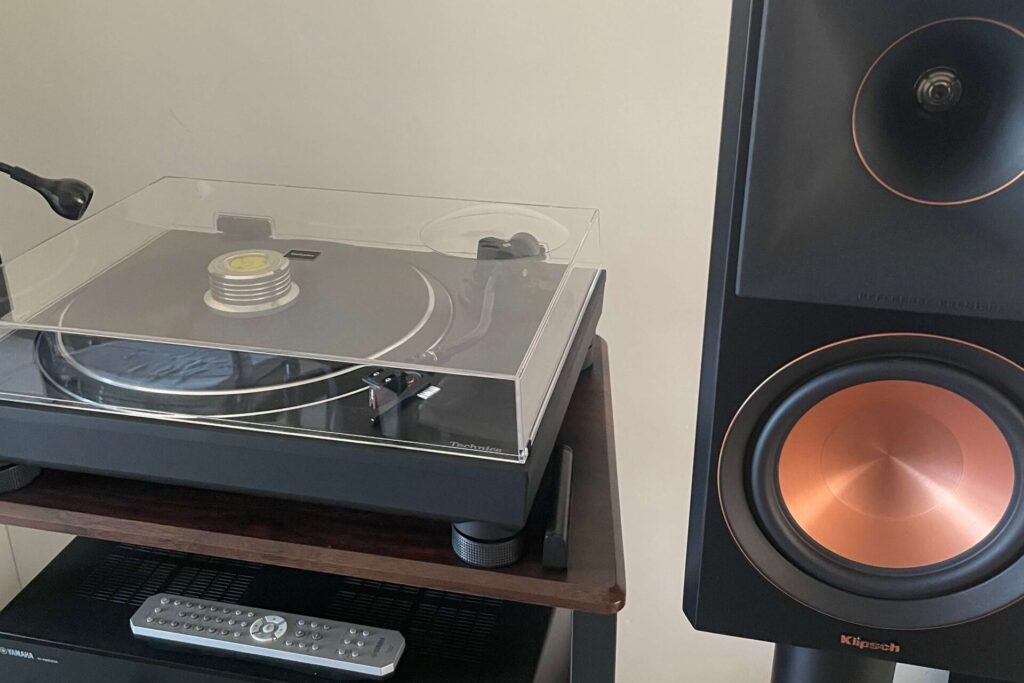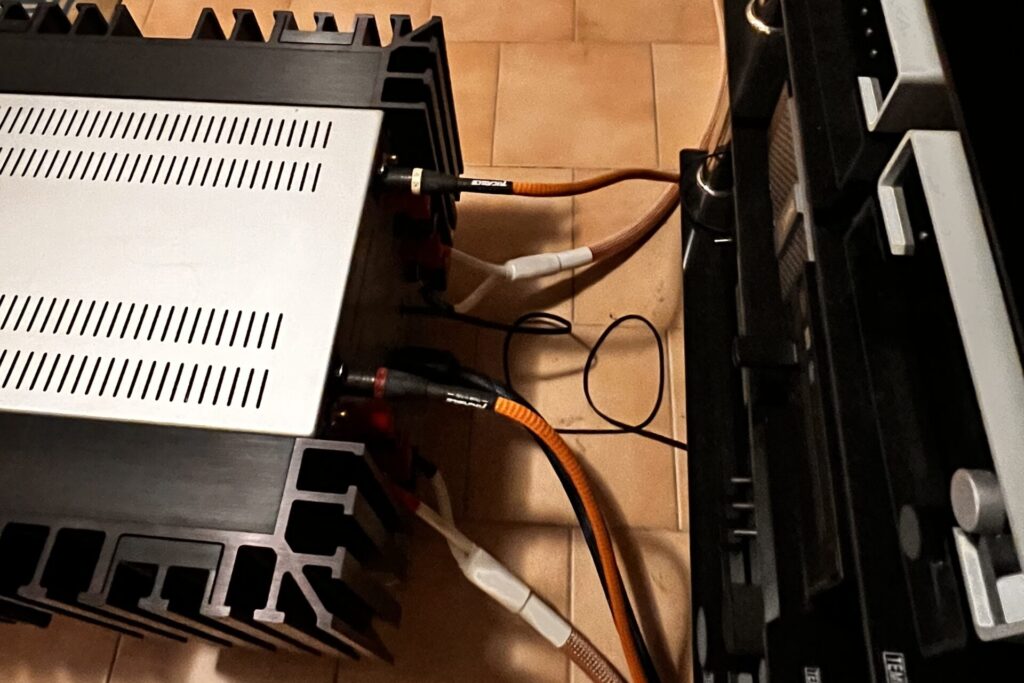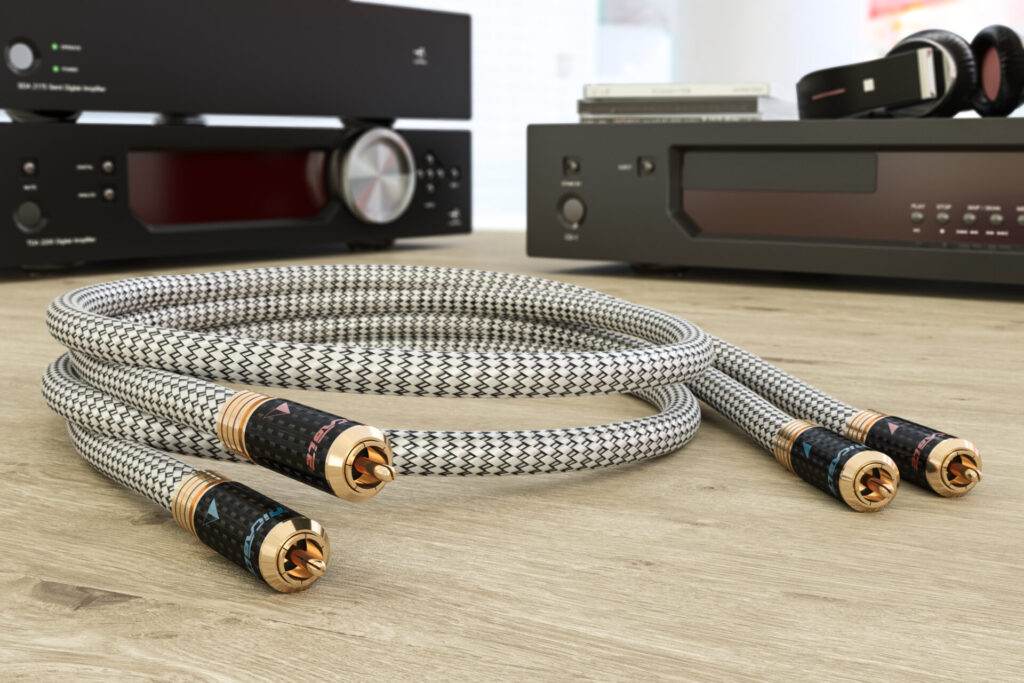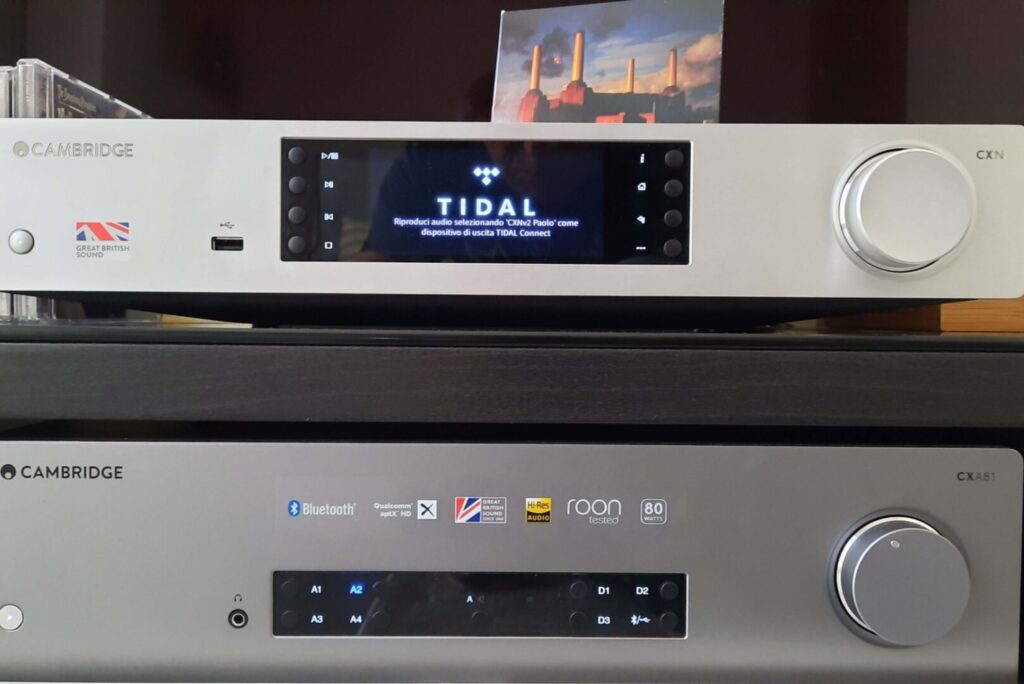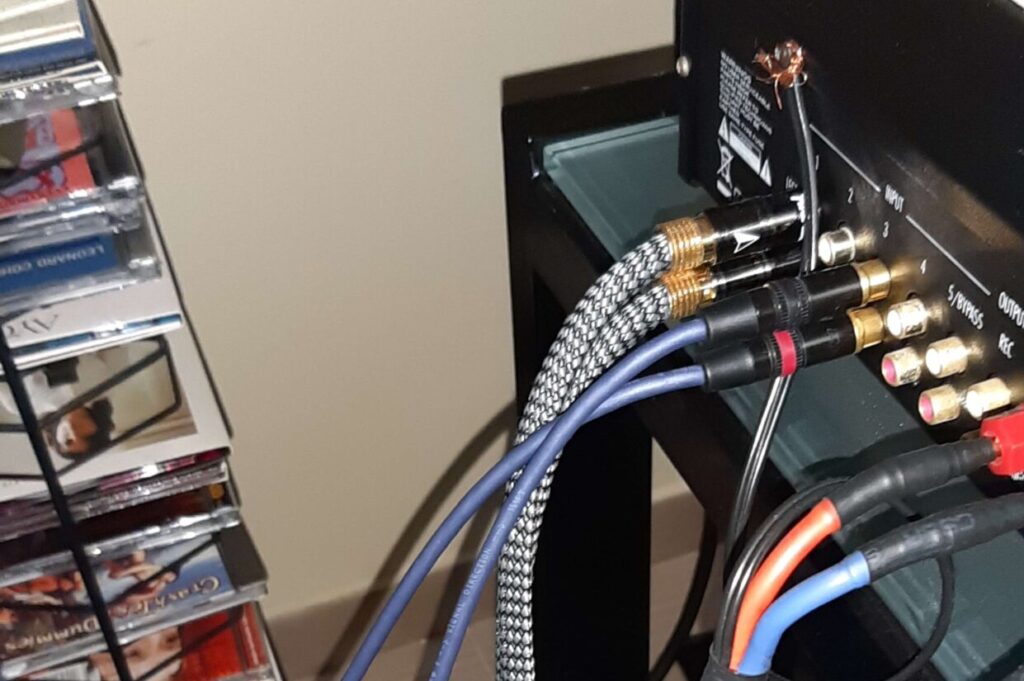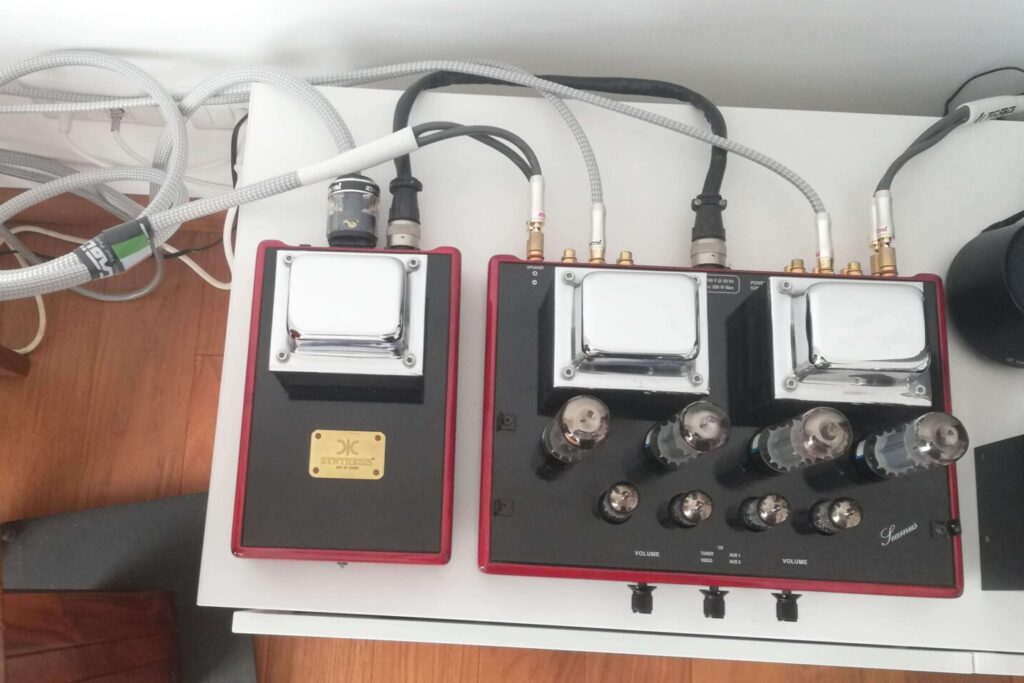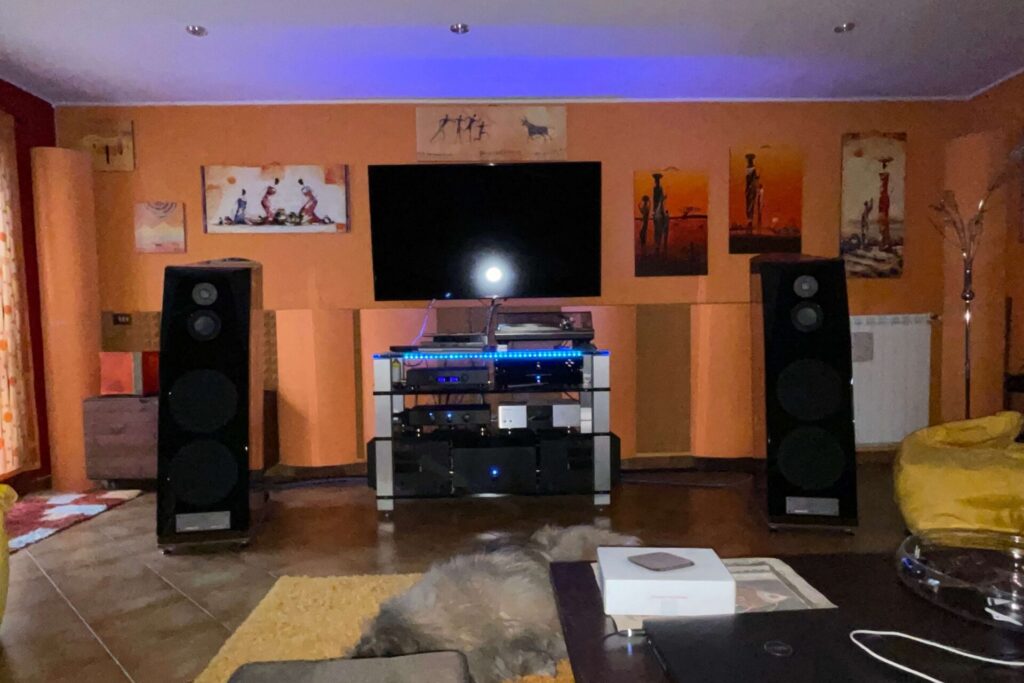One of the questions we are most often asked in chat rooms, on the phone, or at trade shows is, "Is it better to use a balanced or unbalanced cable on my Hi-Fi system?" The question is only seemingly simple, as is often the case with high fidelity. For the scenarios that the audiophile may be faced with are more than these single two. First, however, let us briefly review the path that led us to this choice.
How RCA and XLR connectors came about
The juxtaposition that comes to mind when we think of balanced and unbalanced INTERCONNECT connections is that related to the RCA and XLR connectors. The RCA connector is used to carry very low voltage audio and video signals. The name comes from the company (RCA, precisely) that designed it in the 1940s. As home systems gained popularity and quality, this connector gradually went on to replace the Jack and DIN connectors in audio components.
Different and less straightforward, however, is the story of how the XLR connection became widespread in Hi-Fi. But also interesting is the origin of the connector's name. Originally the name of the connector was Cannon X, after the original manufacturer Cannon Electric. Later the prototype was refined, going on to change the name accordingly. In fact, first a safety block(latch) was added and then a rubber insulator(rubber) was also added. But let us now talk about the application of the connection. The XLR connector was (and is) commonly used for electrical connections in the field of professional audio on a balanced line, as it is particularly effective over long distances.
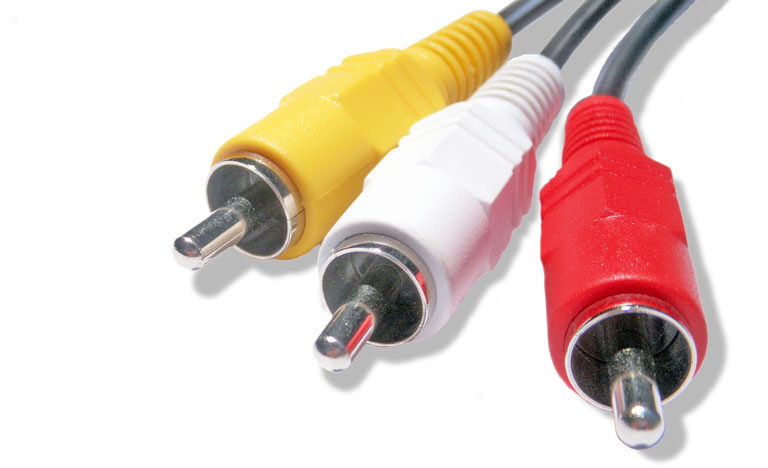
Over time, through multiple tests and listening trials, it was noticed that a balanced connection is better than an unbalanced one even over short distances. Hence the idea of connecting via XLR even home Hi-Fi and Hi-End equipment.
Balanced connection ``true``?
So there is an elementary answer to the question posed in the introduction of the article: balanced connection is better than unbalanced connection.

The simplest answer is not the most complete, however, since it does not consider all eventualities. The main one to take into account is related to the marketing choices made by some electronics manufacturers. These, in fact, aware of the "prestige" of the XLR connection, decide to equip their electronics with it, but only in appearance. In what sense? In the sense that on the electronics there is yes an XLR input or output, but this is actually stage-less, resulting in an XLR "jumpered" RCA connection. So in this case using an XLR or RCA connection is exactly the same thing.
Indeed. As audiophiles know well, in Hi-Fi, simplicity is king. And every superfluous step or step risks bringing disturbances into the sound or degrading it. Precisely for this reason, if one's electronics has only an "apparent" XLR connection, as we wrote a few lines above, it may be that it is even better to take advantage of the connection via RCA, despite the fact that theoretically a balanced connection is better than an unbalanced one. So, what to choose between a balanced or an unbalanced Hi-Fi cable? Is the balanced connection better? Yes, but only if we are sure that we have balanced stages in the devices. If, on the other hand, we have an XLR connection without a balanced stage, the only thing we will have is an unbalanced connection with unnecessary additional jumpering. To understand the situation with your own electronics, we recommend that you ask the manufacturer directly for more information or take a look at the owner's manual. What we can do, however, is advise you to take a look at our RCA and XLR cables by clicking on the buttons below.

